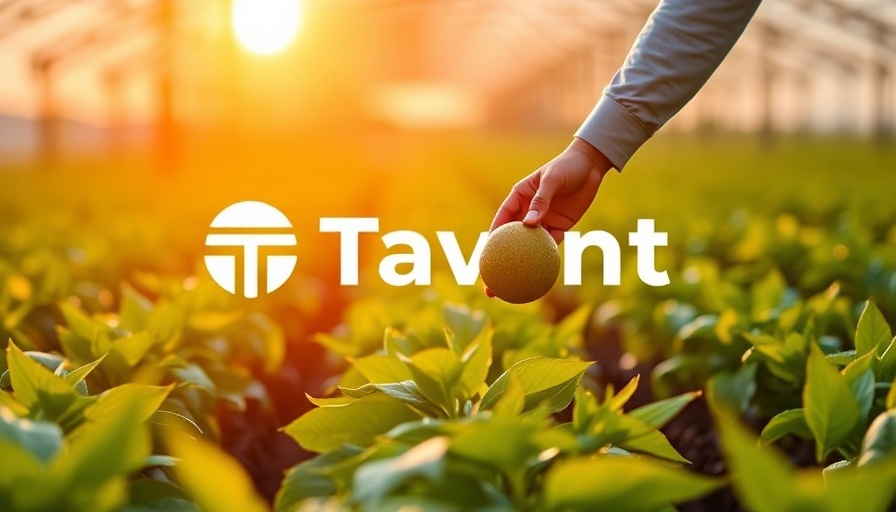
Revolutionizing Agriculture: The Introduction of AI Agents
In a major leap forward for the agricultural and food industry, Tavant has introduced AI agents that promise to reshape how operations are conducted. These AI agents, designed specifically for agricultural applications, aim to enhance efficiency, improve decision-making, and ultimately lead to better resource management. But what does this mean for farmers, suppliers, and consumers?
Understanding Agentic AI in Agriculture
Agentic AI refers to autonomous systems capable of taking initiative based on data analytics and environmental feedback. Tavant’s AI agents are built to gather and analyze extensive datasets from various sources, including weather patterns, soil conditions, and crop health. This technology can provide real-time insights, allowing farmers to make informed decisions that maximize yield and minimize waste.
The Social Impact of AI Agents on Food Production
As agriculture becomes increasingly tech-driven, the introduction of AI agents also raises questions about the social implications of automation. While many argue that these advancements can make food production more efficient and sustainable, there is a concern over potential job displacement for seasonal agricultural workers. It is crucial to consider how the implementation of agentic AI will affect labor markets and community dynamics.
Innovative Tools and Techniques for Better Farming
Tavant’s deployment of AI in agriculture is just one example of how technology is forging new paths in farming. These AI agents can be utilized in various ways—from monitoring crop health through drone surveillance to optimizing irrigation schedules based on predictive analytics. By integrating such innovative techniques, the food industry is moving toward more sustainable practices that can mitigate the impacts of climate change.
Future Predictions: What Lies Ahead for AI in Agriculture
Looking forward, the role of AI agents in agriculture is expected to grow significantly. Industry experts predict a shift toward more widespread adoption of these systems, integrating them with IoT devices and enhanced machine learning algorithms to create a fully connected agricultural ecosystem. Such advancements could potentially revolutionize how food is produced, processed, and delivered, making the entire supply chain more resilient.
Understanding Diverse Perspectives on Automation in Farming
The conversation around AI adoption in agriculture is not one-dimensional. While technology advocates promote the efficiency and sustainability of AI agents, critics caution against over-reliance on automation. They stress the importance of maintaining traditional farming practices and knowledge, which can often be overshadowed by technological solutions. It is essential to find a balance between innovation and tradition to create a sustainable future for agriculture.
Conclusion: The Call for Thoughtful Implementation of AI Solutions
As we witness the rise of AI in industries such as agriculture, it is crucial to engage in thoughtful discussions about its implementation. Stakeholders—including farmers, tech developers, and policymakers—must collaborate to address concerns related to job security, economic impacts, and the environment. By taking a holistic approach to adopting agentic AI, we can harness its potential for positive change while ensuring that no one is left behind.
 Add Row
Add Row  Add
Add 




 Add Row
Add Row  Add
Add 

Write A Comment